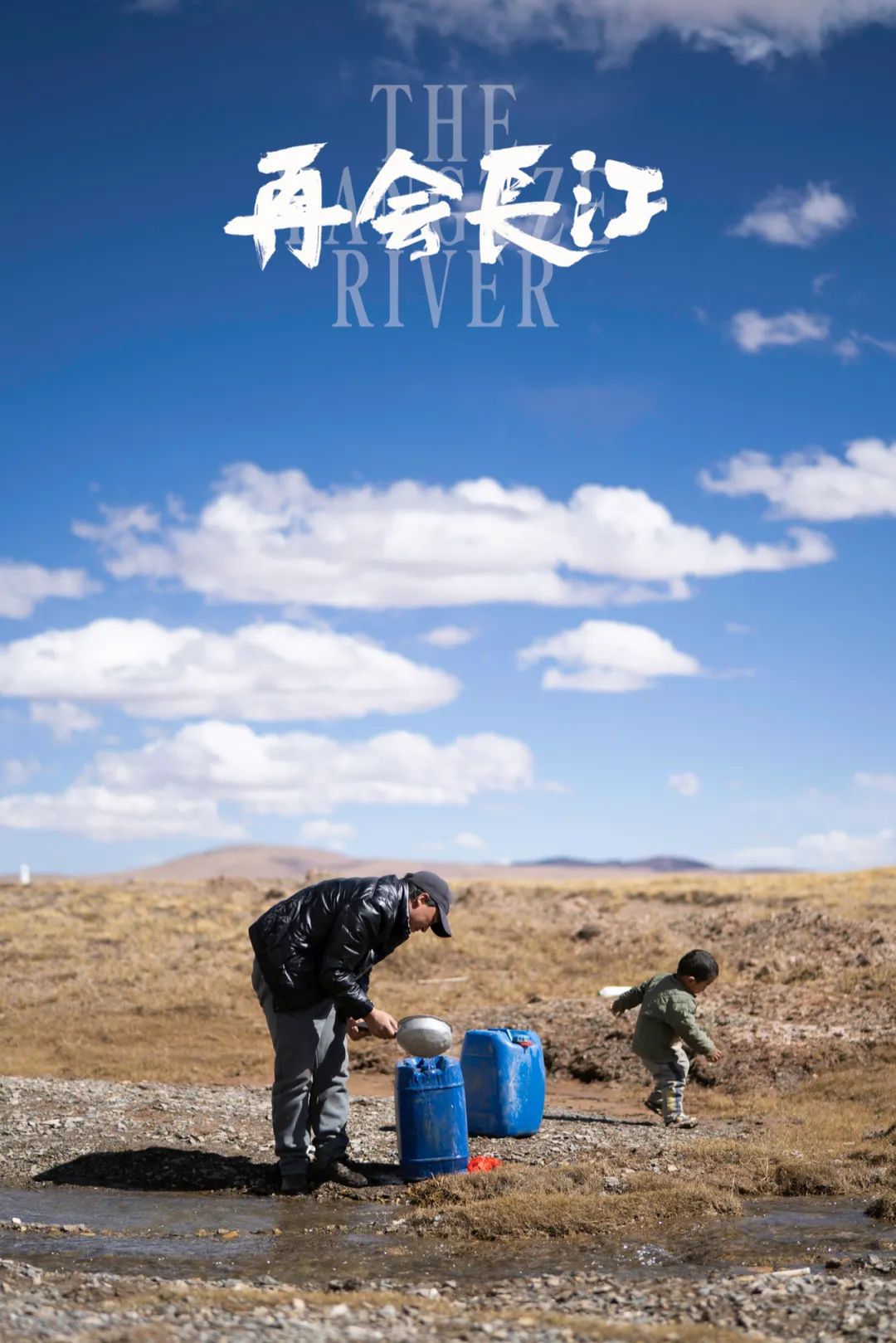Documentary a tribute to the Yangtze and everyday heroes
Writer: Debra Li | Editor: Zhang Chanwen | From: Original | Updated: 2024-05-27
When Japanese director Ryo Takeuchi filmed the 2011 NHK documentary “The Chronicle of The Yangtze River,” there had been plenty of films about the river before it, most of which were focused on the Three Gorges Dam project — an engineering miracle — and its huge impact on people’s lives and the natural environment along the river. We got to know about the huge difficulty and technological breakthroughs involved in this project from various productions by China’s State television and National Geographic, as well as the lives of people faced with dramatic changes in a Canadian production titled “Up the Yangtze.”

A still from “The Yangtze River,” a documentary film being screened in Chinese cinemas. Photos courtesy of Ryo Takeuchi
Casting Tsuyoshi Abe, also known by his Chinese name Li Dongdong, in the lead, Takeuchi’s first attempt at this subject matter, in three 90-minute episodes, follows not just the majestic landscapes along the Yangtze, but also the life of a cargo ship captain, a middle school girl whose village would be relocated when the dam was completed, and Cimu, an 18-year-old Tibetan woman, who in traditional costumes posed with her lamb as photo ops for tourists for five yuan (US$0.8) a shoot.
Takeuchi, driven by his curiosity about the fate of these individuals and his unfulfilled desire to capture the first drop of water from the Yangtze River origin, embarked on a second journey upstream the river in 2021. The result is a nine-episode docuseries released online in 2022, which scores 9.3 out of 10 points from nearly 4,000 viewers on Douban, the Chinese equivalent to rating site Rotten Tomatoes. Takeuchi then condensed the series into a 110-minute film, which hit the cinemas across China on Friday. (The following text may contain spoilers.)

The travelogue-style documentary presents the awe-inspiring natural beauty of locations like Tiger Leaping Gorge, Yuanmou Earth Forest, Lugu Lake, and Hoh Xil. It also captures moments such as a river liner being transported by a massive elevator through the dam and rapids gushing out of the hydropower turbines, aided by modern gadgets such as Go-Pro cameras and drones. Juxtaposing vignettes recorded ten years ago with those shot during the second journey, the film also illustrates how Chinese society has evolved and how its people have adapted to the changes in a decade.
The narrative unfolds with poignant updates on the individuals featured earlier. The middle school girl, who studied long hours hoping to get into senior high school in the first film, is now a migrant worker in East China’s Zhejiang Province. She works hard trying to give her toddler son a better future. Her old school is in ruins and partly inundated by the river, and the whole village has been relocated to a new location with buildings and better amenities offering a more comfortable life.
While young people grow up and move forward with the currents of society, the old are somehow left behind and stick to their former life. The cargo ship captain, who works on the same ship, laments that only those in their 50s or older remain in the cargo shipping business on the river, working long hours and earning a modest income.
In Chongqing, a city known for its mountainous terrains, Takeuchi also interviewed a “bangbang” porter in his 70s, who earns a living by carrying luggage and goods for tourists and merchants up and down the sloping streets. Jiang, who supports a family of six, says he is perhaps the last generation of this type of porters, as improved transport infrastructure may soon render his services obsolete.
The film arrives at its dramatic climax when Takeuchi reunites with Cimu, now the proud owner of a homestay in her hometown. The woman has cherished the dream to become an innkeeper for ten years, after she was taken by Takeuchi’s team to tour Shanghai and stayed in a hotel for the first time.
Taking out several million yuan in loans from a bank, the courageous young woman started her business after having accumulated experiences working at a hostel. The tear-jerking moment comes when Takeuchi offers to put Cimu on a video call with Abe but is unable to reach him. Cimu, at 18, had viewed Abe as someone who opened a window on the world for her and perhaps cherished a secret crush on him. The young woman cannot hold her tears when the call remains unanswered.
Through a blend of striking visuals and compelling storytelling, Takeuchi's documentary delivers on his vision to share “real stories about Chinese people.”
Its matter-of-fact narrative style resonates with audiences in China and Japan, offering realistic portrayals of individuals navigating life’s obstacles with resilience and hope.
Then, more than one interviewee expresses their deep-rooted affection for their hometowns despite the hardships they face. “I don’t envy those who live in prosperous cities,” says the Tibetan herdsman who lives in a tent near the Yangtze River’s source. “I love the blue sky and clean air of this cold land.”
(The author is a Features editor of Shenzhen Daily.)